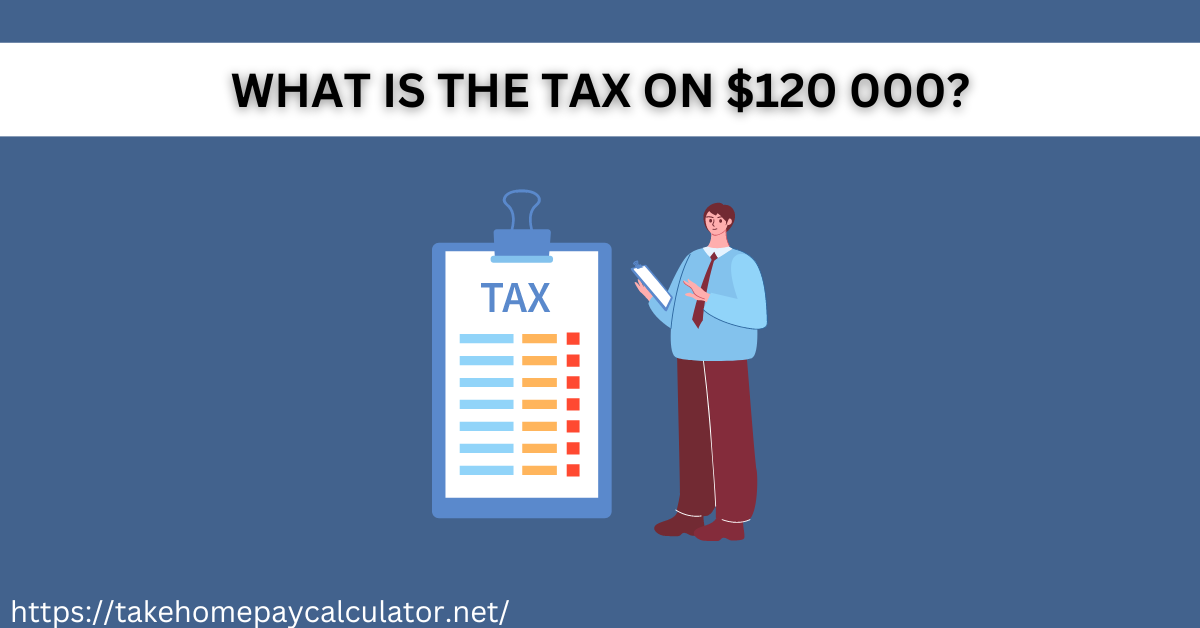In the complex realm of personal finance, understanding the tax implications of specific incomes is pivotal for informed decision-making. A significant milestone in this regard is the $120,000 income threshold, which introduces various tax considerations. This article endeavors to unravel the intricacies associated with taxing a $120,000 income, offering readers a comprehensive guide. By breaking down federal and state considerations, exploring deductions and credits, and providing insights for future planning, the aim is to empower individuals with the knowledge necessary to navigate their tax obligations more effectively. In essence, this concise guide serves as a valuable resource for those seeking clarity on the tax landscape surrounding a $120,000 income.
Breaking Down the $120,000 Income
Understanding a $120,000 income is crucial before exploring tax implications. This amount, whether earned through employment, self-employment, or investments, requires a clear breakdown to set the stage for a nuanced tax discussion. Examining the sources of income helps individuals grasp the complexities involved in taxation. Whether it’s wages, self-employment earnings, or investment returns, each component plays a role in determining the tax liabilities associated with a $120,000 income. This foundational understanding is vital for individuals seeking to make informed financial decisions and optimize their tax positions. Without a comprehensive breakdown, navigating the intricate tax landscape becomes challenging, making it essential for individuals to grasp the nuances of their $120,000 income for effective tax planning.
Federal Income Tax Overview
The U.S. tax system follows a progressive scale, where distinct income segments incur varying tax rates. Examining how a $120,000 income aligns with this structure is crucial for grasping federal income tax responsibilities. This segment will intricately outline the tax brackets, deductions, and credits pertinent to the $120,000 income level. Understanding these components not only sheds light on the tax liabilities associated with this specific earnings bracket but also empowers individuals to make informed financial decisions. By unraveling the complexities of the federal tax framework at this income threshold, taxpayers can navigate the system more effectively, optimizing their financial outcomes.
State Tax Considerations
Navigating tax obligations extends beyond federal concerns to encompass state-specific intricacies. State taxes introduce an additional layer of complexity with varying rates, deductions, and credits that profoundly influence the overall tax burden. This section delves into state-level considerations tailored for individuals earning $120,000, shedding light on potential variations in tax liabilities. Understanding these nuances is paramount for anyone seeking to optimize their financial planning and ensure a more accurate assessment of their tax responsibilities.
Deductions and Credits That Matter
Optimizing your tax position involves strategic utilization of deductions and credits. In this section, we explore targeted benefits for individuals earning $120,000. Emphasizing key areas like homeownership, education expenses, and various eligible tax breaks, we shed light on potential avenues for reducing taxable income. By delving into specific deductions and credits tailored to this income level, readers can gain insights into maximizing their tax efficiency. Whether it’s leveraging homeownership benefits or capitalizing on education-related credits, understanding these opportunities is crucial for taxpayers aiming to optimize their financial position and minimize their tax burden.
Planning for the Future
Strategic tax planning extends beyond grasping current implications; it’s a foresighted approach to financial management. This section offers actionable tips for individuals earning $120,000, empowering them to proactively plan for the future. By implementing informed strategies, such as maximizing deductions and credits, individuals can minimize tax liabilities. This proactive stance not only ensures compliance with current tax laws but also lays the groundwork for potential long-term savings. Making thoughtful decisions now can lead to financial benefits down the road, making it imperative for individuals in this income bracket to consider the broader implications and opportunities for tax optimization.
Conclusion
Navigating the tax landscape can be daunting, but armed with knowledge, individuals can make informed financial decisions. This article aimed to demystify the tax implications of a $120,000 income, providing a comprehensive guide to help readers understand the federal and state considerations, deductions, credits, and strategies for future planning. As always, seeking professional advice tailored to individual circumstances is key to ensuring accurate and personalized tax management.

